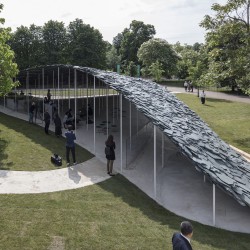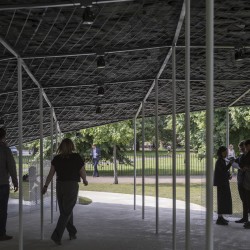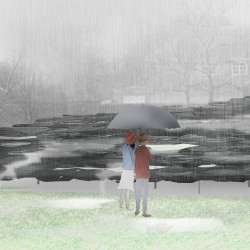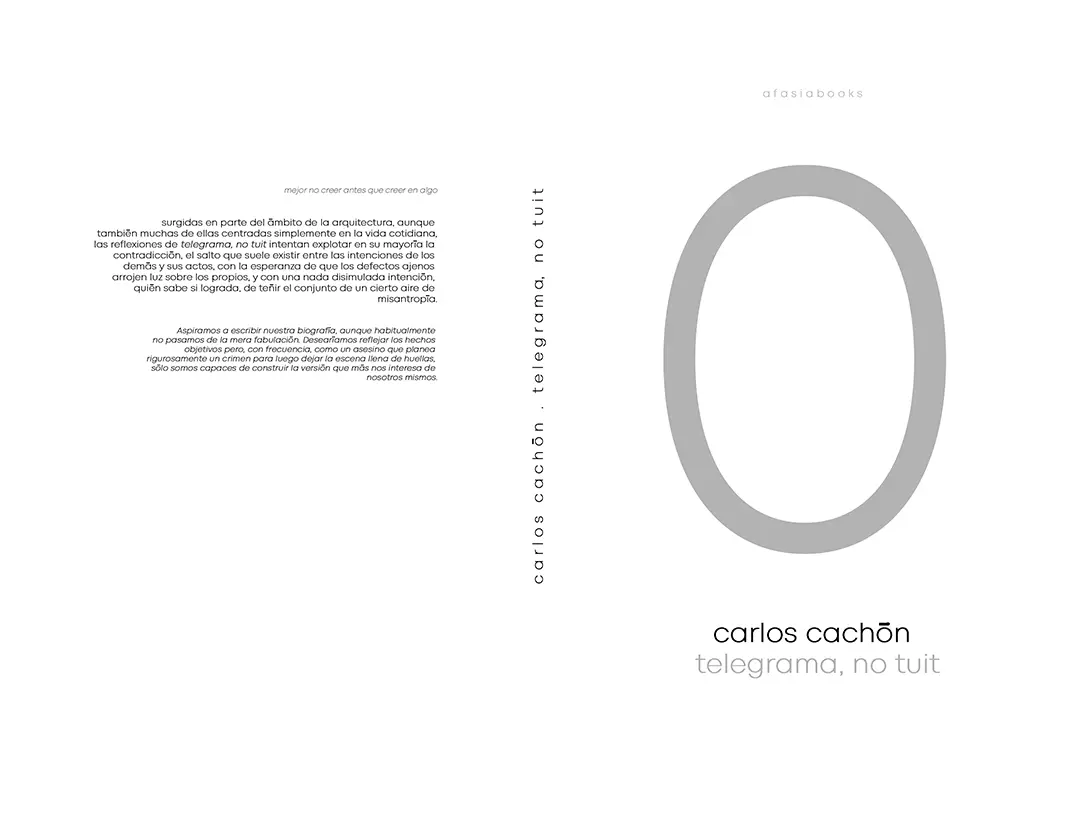Official images by Iwan Baan released too. And below a few more images by Laurian Ghinitoiu for ArchDaily.
Ishigami’s design takes inspiration from roofs, the most common architectural feature used around the world. The design of the 2019 Serpentine Pavilion is made by arranging slates to create a single canopy roof that appears to emerge from the ground of the surrounding Park. Within, the interior of the Pavilion is an enclosed cave-like space, a refuge for contemplation. For Ishigami, the Pavilion articulates his ‘free space’ philosophy in which he seeks harmony between man-made structures and those that already exist in nature.
_
He is the nineteenth architect to accept the invitation to design a temporary Pavilion on the Serpentine Gallery’s lawn in Kensington Gardens. This pioneering commission, which began in 2000 with Zaha Hadid, has presented the first UK structures by some of the biggest names in international architecture. In recent years it has grown into a highly-anticipated showcase for emerging talent, from Frida Escobedo of Mexico to Francis Kéré of Burkina Faso and Bjarke Ingels of Denmark, whose 2016 Pavilion was the most visited architectural and design exhibition in the world.
_
Serpentine Galleries Artistic Director Hans Ulrich Obrist and CEO Yana Peel selected this year’s architect with advisors Sir David Adjaye OBE, Lord Richard Rogers and David Glover alongside Julie Burnell (Head of Construction and Buildings, Serpentine Galleries) and Amira Gad (Curator, Exhibitions and Architecture, Serpentine Galleries).
_
The design for the 2019 Serpentine Pavilion takes roofs, the most common architectural feature, as its point of departure and inspiration. It is reminiscent of roofing tiles seen around the world, bridging both architectural and cultural references through this single architectural feature. The roof of the Pavilion is made by arranging slates to create a canopy that alludes to nature. It appears to emerge from the ground of the surrounding Park. My design for the Pavilion plays with our perspectives of the built environment against the backdrop of a natural landscape, emphasising a natural and organic feel as though it had grown out of the lawn, resembling a hill made of rocks. This is an attempt to supplement traditional architecture with modern methodologies and concepts, to create in this place an expanse of scenery like never seen before. Possessing the weighty presence of slate roofs seen around the world, and simultaneously appearing so light it could blow away in the breeze, the cluster of scattered rock levitates, like a billowing piece of fabric. The interior of the Pavilion is an enclosed cave-like space, a refuge for contemplation. For me, the Pavilion articulates a ‘free space’ philosophy that is to harmony between man-made structures and those that already exist in nature.
























Comments are closed.